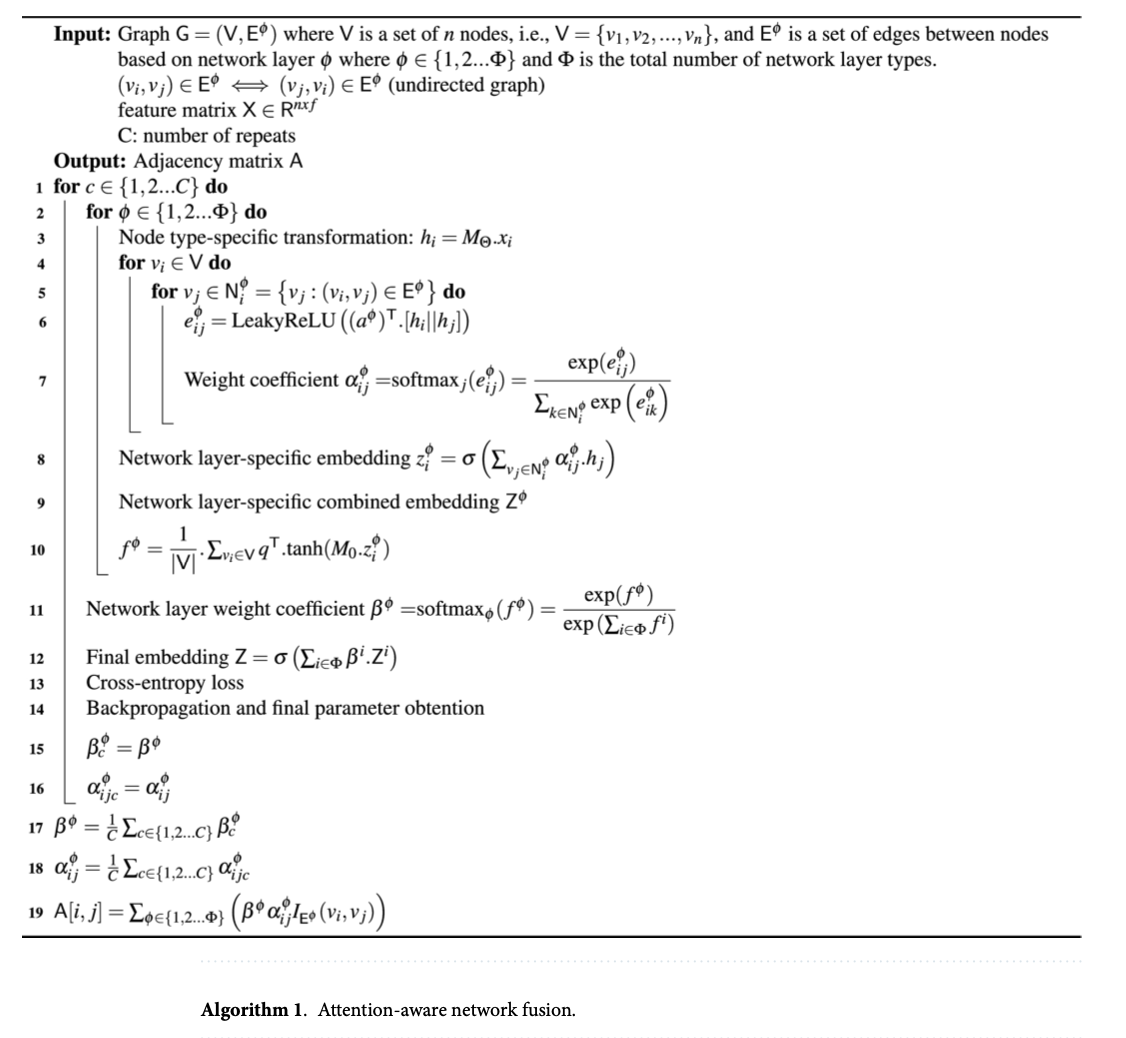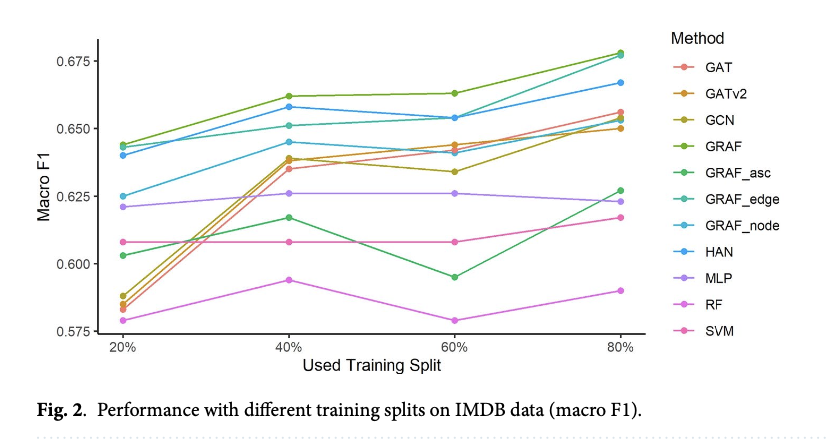Real-world networks, such as those in biomedical and multi-omics datasets, often exhibit complex structures characterized by multiple types of nodes and edges, making them heterogeneous or multiple. Most graph-based learning techniques fail to handle such intricate networks due to their intrinsic complexity, even though graph neural networks have been quite trendy and have attracted significant attention. The main challenges are aggregating information across multiple layers of different networks, controlling the computational cost involved, and interpretability in node classification and graph rendering tasks. Solving this problem may lead to further advances in applications such as adverse drug reaction prediction and multimodal data analysis.
Existing approaches have attempted to handle such complexities in heterogeneous and multiple networks through different forms of strategies. Metapath transformations make it easy to convert complex heterogeneous networks into homogeneous structures for analysis. GNN-based solutions like MOGONET and SUPREME operate on separate layers of networks, the results of which are added together to obtain the final prediction. Mechanisms in attention-driven architectures such as HAN and HGT induce mechanisms concentrated at important nodes in the network. However, these developments also introduce compelling deficiencies. The amount of computations is highly redundant with multi-cell layers and therefore scalability has not yet been addressed and the importance of nodes and edges between layers is not efficiently addressed. These techniques often fail to understand the interpretation of network elements towards another downstream task; Therefore, an integrated and efficient solution for general needs seems necessary.
To overcome these limitations, the researchers developed Graph Attention-aware Fusion Networks (GRAF), a framework designed to transform multiple heterogeneous networks into unified, interpretable representations. It incorporates novel mechanisms, such as node-level attention to evaluate the importance of neighbors and layer-level attention to evaluate the relevance of network layers. It integrates multiple network layers into a single weighted graph, enabling holistic representation of complex data. To reduce redundancy, low importance edges are removed based on attention-weighted scores, simplifying the network without compromising critical information. The adaptability of the framework allows it to be applied effectively on diverse data sets, offering a robust and efficient strategy for graph representation learning.
GRAF operates through a series of well-defined steps to process multiple heterogeneous networks effectively. Metapath-based transformations, such as movie-director-movie for the IMDB dataset or article-author-article for the ACM dataset, convert heterogeneous networks to multiplex networks. Node-level attention chooses influential neighbors alpha (i, j). Layer-level attention evaluates the importance of different beta (phi) network layers. These attention weights are combined using an edge scoring function to prioritize relationships in the network:

The coupled graph is further adopted into a 2-layer graph convolutional network (GCN), which integrates information about graph topology and node feature characteristics to complete tasks such as node classification. Experiments were performed on IMDB, ACM, DBLP, and DrugADR datasets that had undergone certain metapath transformations based on the properties of those datasets and their respective tasks.

GRAF achieved superior performance on a variety of tasks, outperforming competing models on most benchmarks. It achieved a macro F1 score of 62.1% in film genre prediction, while it did an excellent job in the case of adverse drug reaction prediction with a macro F1 score of 34.7%. It achieved 92.6% and 91.7% for classification of article type and author's research area, respectively. Such a framework design offers optimal handling of attentions at the node and layer level, as verified by ablation studies in which such components were removed to produce reduced throughputs. The method was tested with expert applicability and outperformed state-of-the-art methods; GRAF is established as an efficient solution in the analysis of multiplex networks.

The introduced GRAF framework addressed the fundamental challenges of multiple heterogeneous networks by adopting a novel attention-based fusion approach. Its ability to integrate various layers of a network with interpretability makes it a transformative tool in learning graphical representation; Consistent and superior results on a variety of data sets are of great importance for many applications in biomedicine, social networks, and multimodal data analysis. Its scalable and efficient structure is the next revolutionary step for GNNs in real-world applications of complex structures.
Verify the paper and GitHub. All credit for this research goes to the researchers of this project. Also, don't forget to follow us on <a target="_blank" href="https://twitter.com/Marktechpost”>twitter and join our Telegram channel and LinkedIn Grabove. If you like our work, you will love our information sheet.. Don't forget to join our SubReddit over 55,000ml.
Aswin AK is a Consulting Intern at MarkTechPost. He is pursuing his dual degree from the Indian Institute of technology Kharagpur. He is passionate about data science and machine learning, and brings a strong academic background and practical experience solving real-life interdisciplinary challenges.
<script async src="//platform.twitter.com/widgets.js” charset=”utf-8″>





